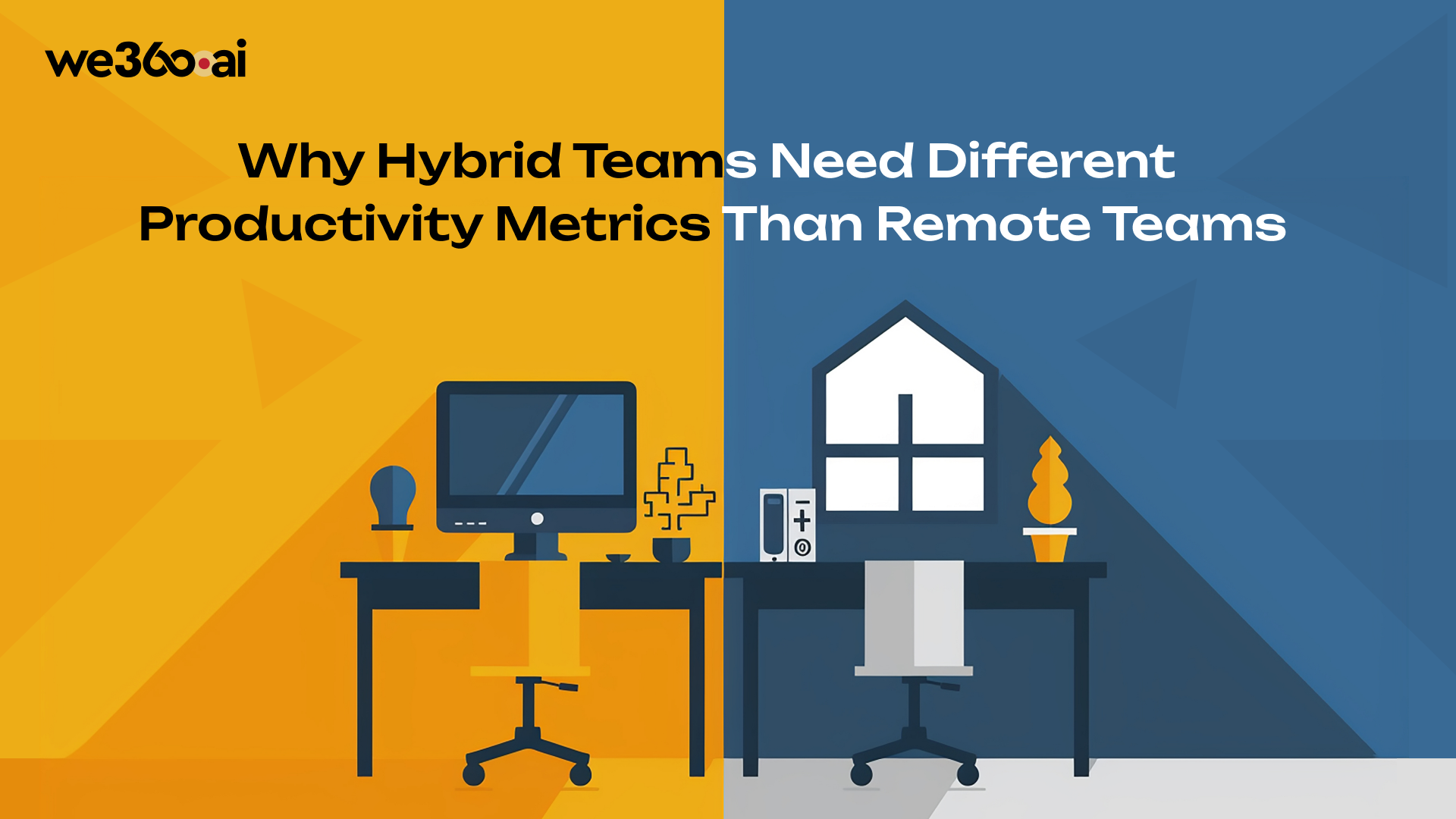Why HR Should Embrace Data
It’s no surprise that 90% of enterprise analytics and business professionals say data is key to digital transformation.
As an HR professional, you face two choices when making decisions:
- Go with your gut.
- Make data-driven decisions.
While gut instincts can guide you, they may not always be the best choice. Data-backed decisions provide proof and structure. According to McKinsey, data-driven organizations are:
- 23 times more likely to acquire clients
- 6 times more likely to retain clients
- 19 times more likely to be profitable
This is why HR analytics is rapidly gaining traction and disrupting traditional HR practices.
What is HR Analytics?
Also called workforce analytics or people analytics, HR analytics involves the strategic collection, analysis, and interpretation of employee data. It helps organizations:
- Attract, hire, and retain top talent
- Make informed HR decisions
- Improve internal workflows and employee productivity
What is Data-Driven Decision Making (DDDM)?
DDDM is the process of using company metrics and KPIs to guide decisions instead of relying solely on intuition. This approach ensures decisions are grounded in facts and measurable outcomes.
Types of HR Analytics
HR analytics can be divided into four main types:
- Descriptive Analytics – Uses past data to understand trends. Example: Identifying underperforming employees and providing targeted training.
- Diagnostic Analytics – Explores why certain trends occurred. Example: Understanding why a team’s performance dipped.
- Predictive Analytics – Forecasts future trends based on current data. Example: Predicting skill gaps or training needs.
- Prescriptive Analytics – Suggests actions to take based on predictions. Example: Hiring candidates with skills in high-demand technologies.
Best Practices in HR Analytics
To get the most from HR analytics, follow these best practices:
1. Identify Your Goals
Work with management to define clear objectives, such as:
- Reducing turnover
- Improving employee performance
- Ensuring compliance and security
2. Use the Right Tools
Choose tools that integrate with your HR systems and support your goals. Popular HR analytics tools include:
- Power BI – Data visualization and interactive dashboards
- Visier – Predictive insights and AI-driven HR intelligence
- Tableau – Custom dashboards and HR data visualization
- SAP SuccessFactors – Workforce planning and diversity analysis
- Workday People Analytics – ML-driven retention and performance tracking
- BambooHR, ChartHop, Lattice, Sisense – Employee insights, engagement tracking, and DEI metrics
3. Focus on Data Accuracy
Ensure data is accurate, up-to-date, and compliant with governance policies. Collaborate with IT to maintain consistency and quality.
4. Stay Updated and Flexible
The HR analytics landscape is evolving rapidly. Regularly pursue courses, adapt to new tools, and revise policies as needed.
5. Implement Workforce Analytics Tools
Use analytics to monitor employee performance, guide employees through bottlenecks, and optimize productivity.
Benefits of Data-Driven HR Decisions
HR analytics empowers organizations to:
- Reduce Employee Turnover – Identify departments with high attrition and take preventive measures.
- Increase Job Satisfaction – Conduct surveys and feedback programs to boost morale.
- Enhance Talent Management – Align employee strengths and skills with company goals.
- Strategically Redirect the Organization – Detect gaps and optimize workflows to achieve organizational objectives faster.
- Optimize Costs – Focus on training or resources that have the highest ROI.
- Improve Productivity & Performance – Step-by-step improvements enhance overall employee output.
- Eliminate Biases – Data-driven insights reduce subjective decision-making.
- Gain Competitive Advantage – Benchmark against competitors and improve workforce efficiency.
Challenges in HR Analytics
Implementing HR analytics comes with challenges:
- Data Reliability – Siloed, incomplete, or incompatible data can reduce accuracy.
- Talent Constraints – Finding HR professionals skilled in analytics and data science can be difficult.
- Regulatory Compliance – GDPR, HIPAA, and other rules complicate data handling.
- Geographical Barriers – Policies may need customization for different regions.
- Ethical Considerations – Ensure algorithms are unbiased and data is accurate.
- Change Management – Transitioning to data-driven HR may face resistance from staff.
HR Analytics in Action: A Use Case
Scenario: A company faced high attrition and low employee satisfaction despite investing in training.
Data Collection:
- Employee demographics, tenure, and department
- KPIs and manager ratings
- Salary structure
- Engagement in programs
- Attendance and exit feedback
Analysis:
- ML models identified attrition risk factors
- Sentiment analysis measured employee mindset
Strategies Implemented:
- Identified employees likely to leave
- Trained managers to improve engagement
- Adjusted salaries and appraisals
- Launched upskilling programs
Results:
- Lower turnover
- Reduced recruitment costs
- Improved employee satisfaction
Why Invest in HR Analytics
HR analytics provides a holistic view of employee behavior, performance, and productivity. It helps organizations:
- Reduce turnover
- Build employee trust
- Foster collaboration
- Gain a competitive edge
With tools like We360.ai, companies can improve employee productivity by up to 52%, transforming data into actionable insights for long-term success.
Book a DEMO now and take the first step toward smarter, data-driven HR decisions.














